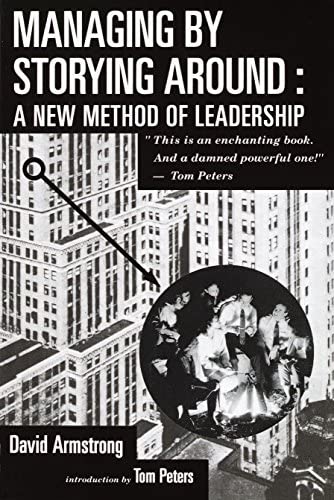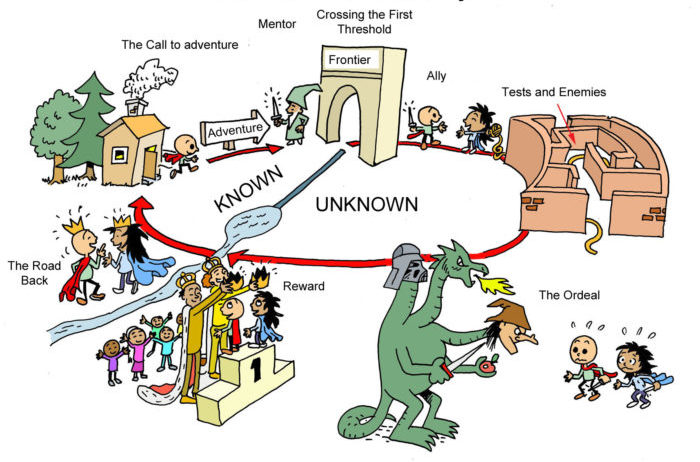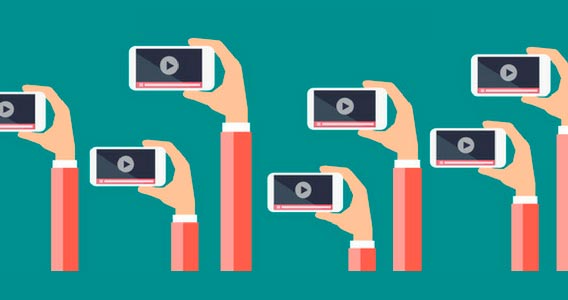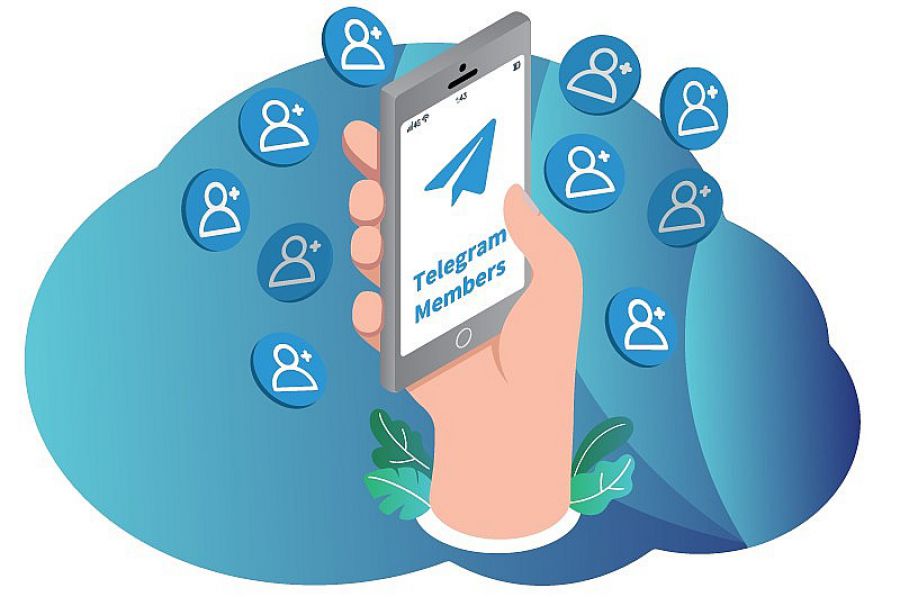Storytelling as a Way to Develop a Product
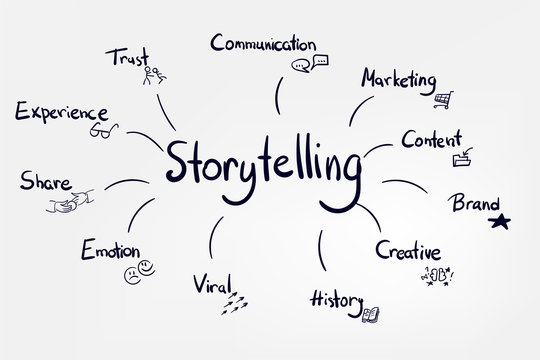
Storytelling is a marketing technique conveys information about a product through a story. Stories can touch, can instructive, can funny, and so forth.
In order to sell your product, you need to promote it, advertise, PR and do everything so that people first learn about the product, and then think about buying it. Storytelling is the ideal option for that.
Storytelling Goals:
- Building knowledge about the company and / or product
- Increasing customer awareness and trust
- Establishing an emotional connection with the audience
Where did Storytelling come from?
In 1992, David Armstrong wrote the book "MBSA: Managing by Storying Around" and first introduced the term "storytelling". The bottom line is that employees don't understand what is expected of them when complex manuals and instructions from superiors are used. However, employees easily delve into the stories of employees during moments of crisis, i.e. how they act during difficult life situations that almost everyone faces. Today it can be called "cases" of people. Agree that it's easier to read and understand a case about a company's success than instruction "how to succeed".
Storytelling examples
Storytelling is used in our lives often than we think. For example, for the first time in our lives, we encounter this technique in childhood through fairy tales, when the author conveys morality and an understanding of evil and good through history.
Here, IKEA released a video "Life at home - where our vision begins
" 8 years ago, in which employees conveyed how brand values are reflected in work processes using drawings and infographics:
An ideal example of storytelling is TV advertising. Companies often use family history, heroes from everyday life, and how the product affects them. It can be juice for the whole family, chocolate as a gift, a success story of a person taking part in the lottery, and so forth
"Dodo Pizza" has published a book about its company in the storytelling format, which describes the principles of the pizzeria, the personal qualities of the founder and the entire path of the company's success.
And here is how storytelling works together with the wow effect. In 2009, Bill Gates gave a TED Talk on increasing investment in malaria eradication. He talked about the magnitude of the problem and gave statistics, but to ad
d to the effect, Bill Gates opened the lid of the mosquito tank and surprised the audience by saying "There is no reason poor people should have such an experience." Of course, the mosquitoes were not malarial, but he could surprise the audience by showing the problem is not somewhere far away, but close to us. Surprise during stories.
And of course, classic storytelling through social media posts:
Types of storytelling
Storytelling can be divided into many types, from message to way of storytelling. Let's look at a few types:
• Socio-cultural. Such storytelling focuses on common values, principles, cultural characteristics, and moral issues. Usually in stories they use about difficulties and trials, as well as miracles and happy occasions.
• Business. Used by companies to improve work efficiency, train employees, resolve conflicts and promote products and services.
• Personal storytelling. This is a dialogue with oneself, self-digging in order to remember and analyze one's own stories. Personal stories can be used further in all other types of storytelling.
• Visual storytelling. It implies a small amount of text, but with the use of photographs, drawings, videos, animations, tables, and so forth for, a more descriptive presentation of information.
• Digital storytelling. Communicating information through digital media using audio and video formats, photos, presentations and other tools for efficiency.
Story types
• Inspiring to action. Motivation is the main purpose of the story. You can tell how the product helped the client solve the problem, how the business overcame force majeure and crisis, how the company solved the supply problem, etc.
• "Who am I?". Storytelling about the author, demonstrating the best qualities. Such a story helps to build trusting relationships with customers and tell more about the company or blogger.
• "What is my goal?". A story that shows the true intentions of the company towards customers. You can use facts that reflect the honesty and transparency of your business.
• Useful content. Storytelling, which includes useful information and knowledge for the buyer. For example, how your product can be misused and still be useful.
And, of course, there is no specific and separate type of storytelling, since all types and types intersect and complement each other. Use this to diversify the effectiveness of the story.
How to write a story?
General rules
1. Study the topic. If you are using storytelling for the first time, read a few other people's stories, read what your competitors are writing, take the best from others and remove what you don't like.
2. Determine your communication style. Stories are an unusual format that may differ from your regular posts. Decide whether you will communicate with the audience, whether slang phrases, emoji, sharp humor are appropriate.
3. Speak in plain language. Remember, you are telling a story from people to people. Don't use complex words, phrases and terminology. Imagine telling a story to your friends or family around the table. Write easily and naturally, be sincere.
4. Evoke emotions. The main goal of storytelling is to evoke emotions. Any story should evoke an emotional response - for example, sympathy, regret, joy, righteous anger, indignation. Let the reader think, let the story pass through himself, leave his opinion and share with friends.
Schematic of story
1. Choose the purpose of the story and what emotion you want to evoke.
2. Find a hero. The hero is the one on whose behalf you will tell the story. The hero can be you, a potential client, a company employee, an expert, and so forth.
3. Come up with a plot. The plot should be interesting and have a logical chain of plot, climax and denouement. For convenience, use the questions: What happened? Where and with whom did it happen? How did the hero behave? How did it all end? If use dialogues, remember that they should not be templates, but live and real.
4. Add details. Use the details to color the story. It's best to add details based on the dreams and concerns of the audience. Add a conclusion and underline the main point.
5. Work on the title. The title should be catchy and arousing interest, and the text should answer the thought/question of the title.
6. Find beautiful and suitable pictures. The visual part is important, as it helps to convey the atmosphere, reveal the topic, immerse the reader in the story and grab attention.
7. Watch the structure of the text. Remember, the evaluation of the material comes first, and then the reading in order. Evaluate the text yourself, show it to your friends and honestly answer yourself the question: would you read this story yourself?
Don't forget that a story can be told not only with text but also with diagrams, drawings, photographs. Here is a diagram of an approximate type of story "The Hero's Journey":
Scientists from the University of Vermont analyzed a huge number of stories and identified 6 main ones:
- 1. Rags to riches – a steady rise from bad to good fortune
- 2. Riches to rags – a fall from good to bad, a tragedy
- 3. Icarus – a rise then a fall in fortune
- 4. Oedipus – a fall, a rise then a fall again
- 5. Cinderella – rise, fall, rise
- 6. Man in a hole – fall, rise
Where to get inspiration?
Listen to others
The best way to come up with a story is not to make it up at all. Ask your friends, acquaintances, and employees. Let them tell you stories about a topic that interests you. Other people's stories can easily inspire you to storytelling, and then you can change the story as you like.
Let others tell the story
What could be better than writing a story on behalf of a client? Let the client write the story. Don't be afraid to ask your audience to share their experience with you. You have an audience, and the audience has something they want to share. This is a win-to-win scheme. Readers will delve into the story, and the real experience of another person motivates to purchase the product and a review.
Not telling anything about the company is also storytelling
Try not to tell anyone the story of your company. Tell the audience about what they are interested in. This is how many popular magazines work, in which editors and authors are specialists in narrow topics. For them, the topic is expertise, and for the reader, it is an interest.
For example, Autodesk creates 3D software, and Redshift by Autodesk tells not about the company itself and software, but about the future of creative buildings.
Try Popsters Trial plan to get content activity statistics of any pages for a next 7 days for free
Try for free
